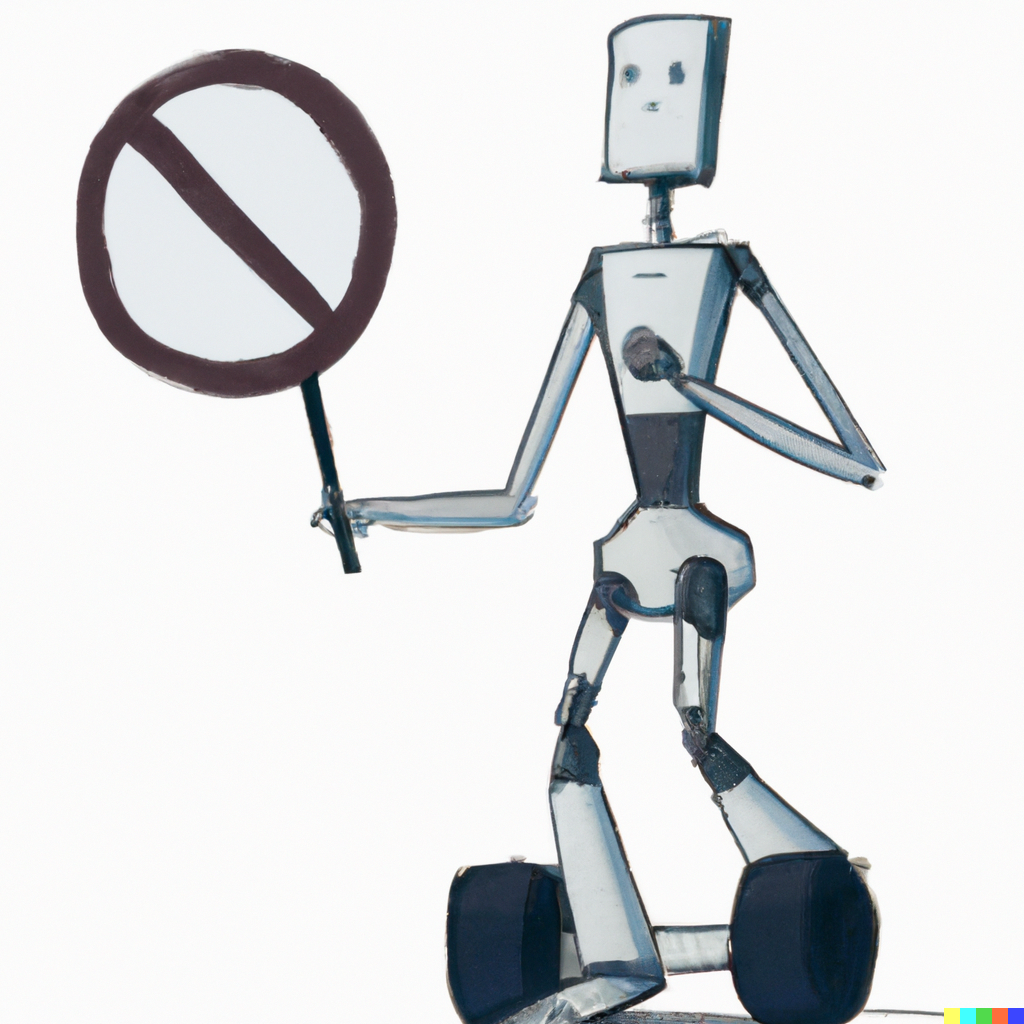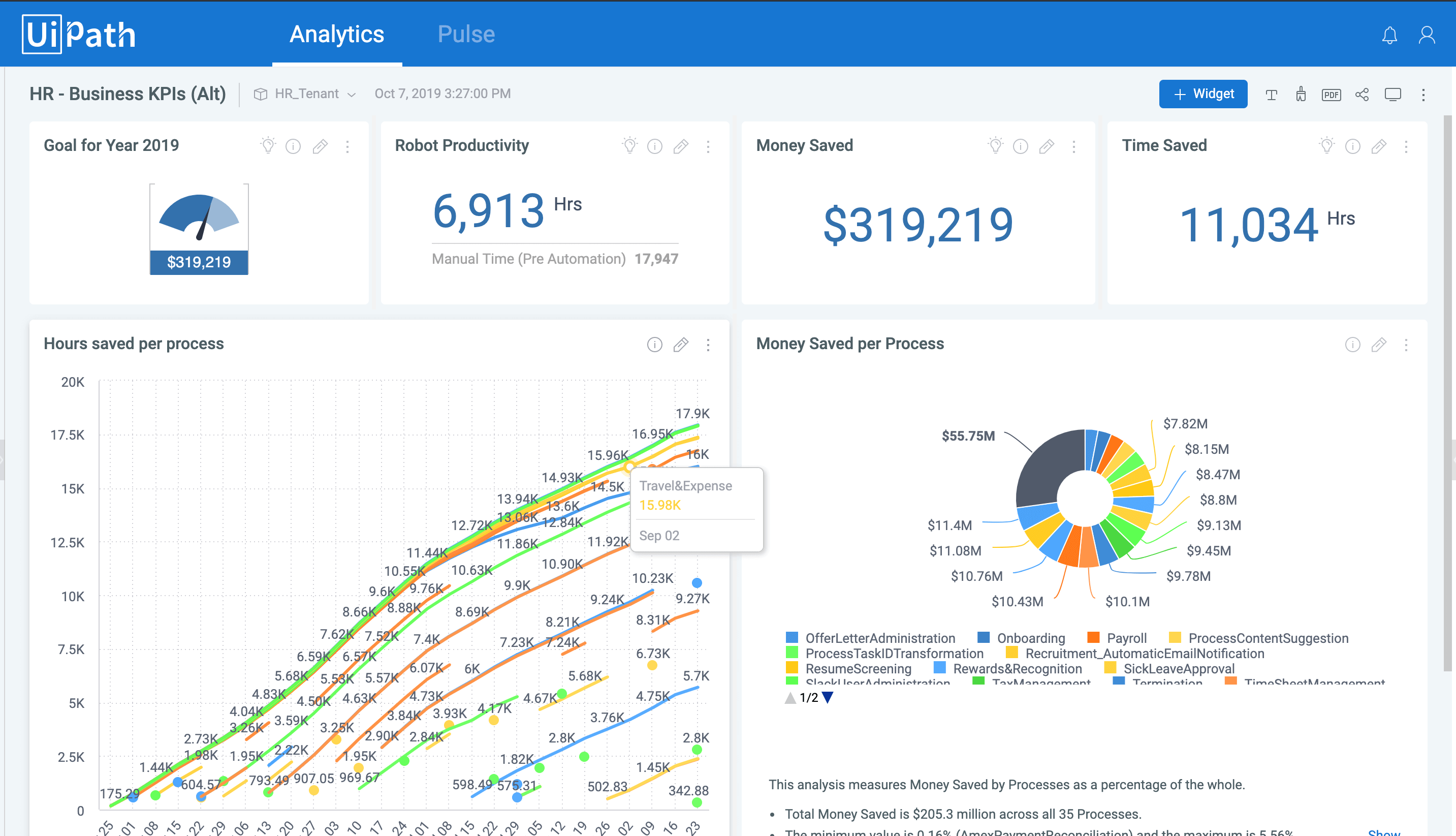From 0% to 100% automated: how to win back 9 workweeks a year
Most businesses are stuck in “half-automated” limbo. The tools are there, but the owner is still the glue holding everything together. This article shows how to move core workflows from 0% to 100% automated, so routine tasks run themselves and you step back into the role of approver instead of data entry clerk.















